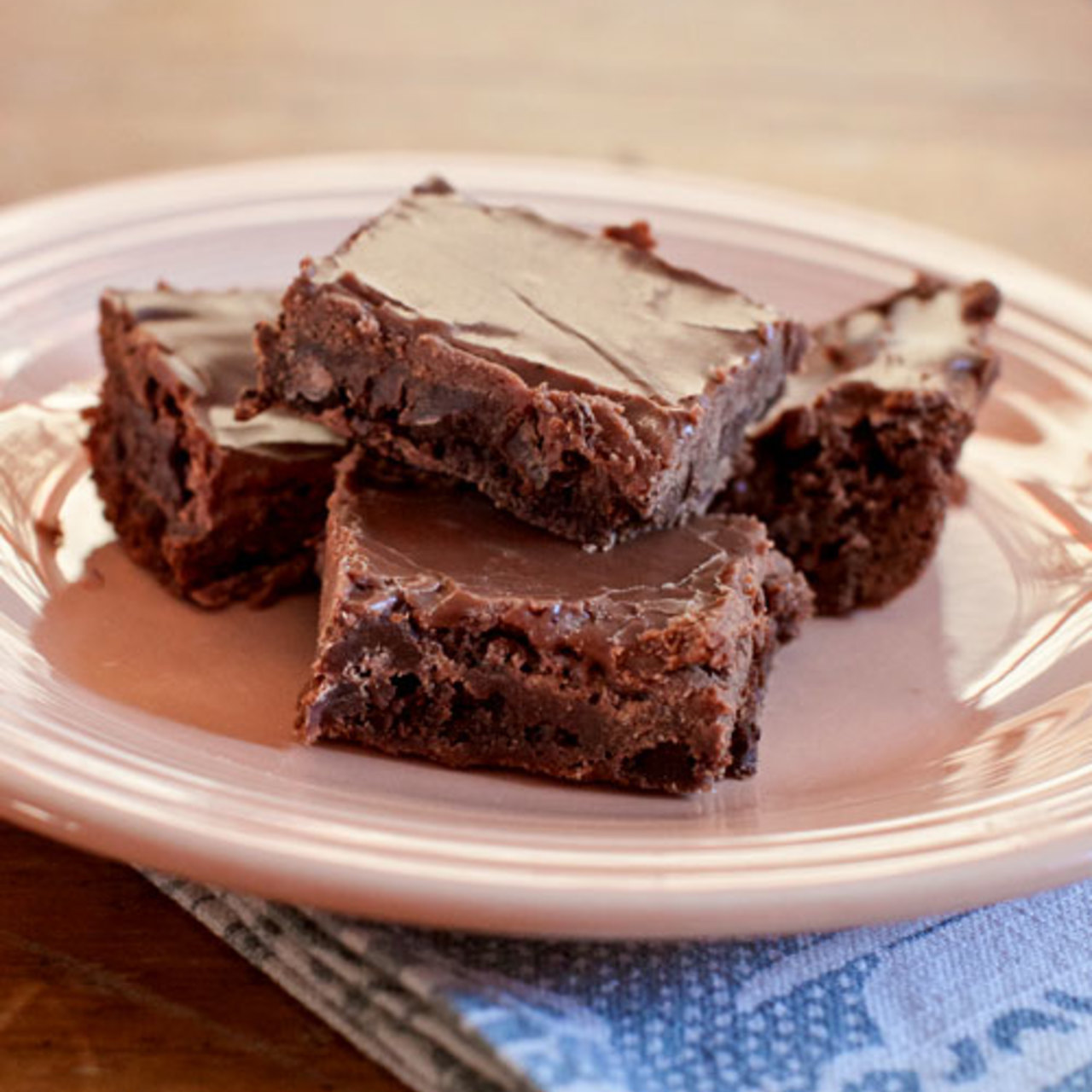
To this basic recipe, one can add chocolate chips, butterscotch, peanut butter chips, white chocolate, or even espresso powder to create compelling flavor combinations. Aside from these ingredients, fudge is generally comprised simply of milk, sugar, and butter as the base.

Modern fudge typically relies on sweetened condensed milk to create this dense but flexible texture-however, mid-century bakers began to favor marshmallow fluff as a no-fail way to create a similar effect. Fudge is easily recognizable by its texture-whereas a bar of chocolate should snap appealingly when broken in half, fudge has a much more malleable feel, allowing it to bend and remain soft. Though fudge can be made in a variety of flavors, chocolate is generally the most common. Of course, “chocolate” as an umbrella term can also encompass ready-made chocolate confections for those who don’t want to DIY, including truffles, bon bons-and fudge. (That said, even white chocolate fudge exists, but it can be sweet to the point of cloying.) Either of these types of chocolate can be used to make fudge, though higher-percentage chocolate is more common because of its robust flavor. Dark chocolate, for instance, has a higher percentage of cacao than milk chocolate, which is diluted with more milk and sugar to create its creamy, mild taste. Most chocolate for these purposes are available in a variety of percentages, indicating the amount of cacao used in each. However, for candy-making in particular, easily-meltable chocolate discs are sometimes preferred. It’s worth noting that recipes that call for baking chocolate will also require sugar, as baking chocolate is extremely bitter on its own-be sure to keep this in mind when substituting!

Baking chocolate, which is unsweetened, is perhaps the most common for creating chocolate desserts at home.

Since the actual process of crafting chocolate from the cacao tree is extremely labor-intensive and requires specialized equipment that would intimidate even the most high-tech chef, most people start with already-processed chocolate. While there are countless forms of chocolate, the primary types used for baking in the kitchen are pre-formed in bars, chips, or discs. Chocolate: From Building Block to Completed Confections


 0 kommentar(er)
0 kommentar(er)
